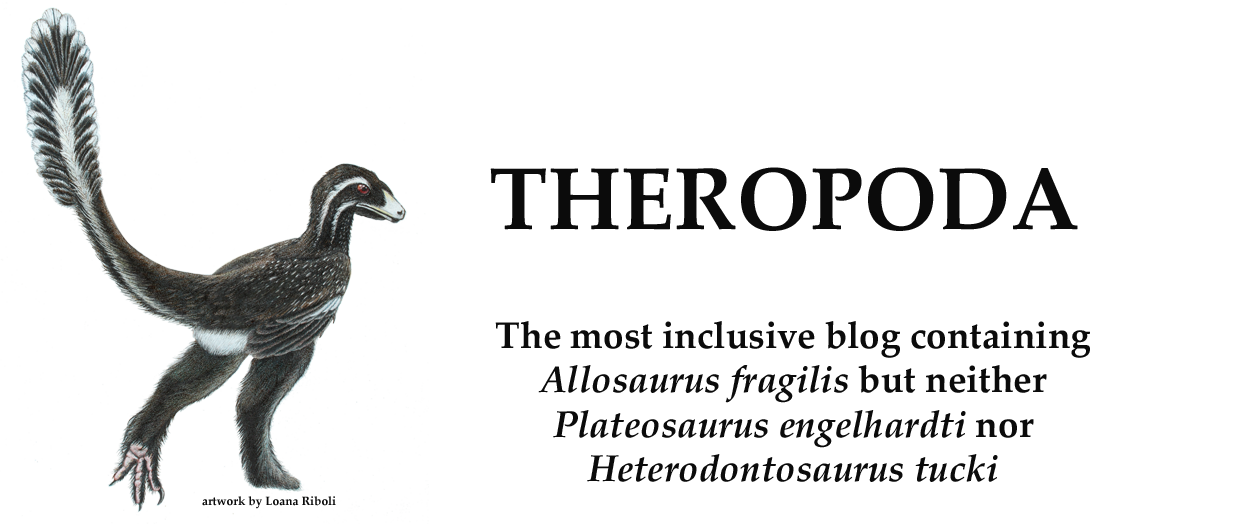...hypertrophied coracoid tubercle*; sinuous ridge on lateral surface of distal humerus extends for 1∕3 of the length of the bone*; prominent ridge on medial surface of distal half of humerus*; anterior surface of ulna flattened and bisected by longitudinal ridge*; fused carpometacarpus; reduced, splint-like metacarpal III*; mc III contacting mc II distally, buttressed by overhanging ridge on mc II*; distal articular surface not extending onto plantar surfaces of metacarpals I and II; manual ungual II with Y-shaped lateral and medial grooves*; phalanges of manual digit III reduced and digit nonfunctional; extremely retroverted pubes and ischia whose long axes are nearly horizontal*; pubic peduncle laterally everted such that broad cuppedicus fossa faces laterally and dorsally*; pubis reoriented so that lateral surface faces ventrally and pubic tubercle located directly below acetabulum*; ischial obturator tuberosity expressed as enlarged, thin flange that contacts or nearly contacts pubis ventrally*; tarsometatarsus substantially wider (1.5×) than distal tibiotarsus*; fused metatarsus (mt II-V); robust ridges on plantar surfaces of metatarsals II-IV*; metatarsals II and III not ginglymoid; articular region of mts II-III narrower than entire distal end*; first digit of pes functional with enlarged phalanges but vestigial metatarsal I*; and short, hook-like mt V.
Diagnosi di Balaur (da Csiki et al. 2010). Notate le numerose caratteristiche "aviane" (giallo)
Dato che in rete troverete sicuramente molti link e siti che vi parleranno della recente pubblicazione di Balaur, penso che un mio contributo "non-allineato" sarà sicuramente più interessante.






.JPG)







